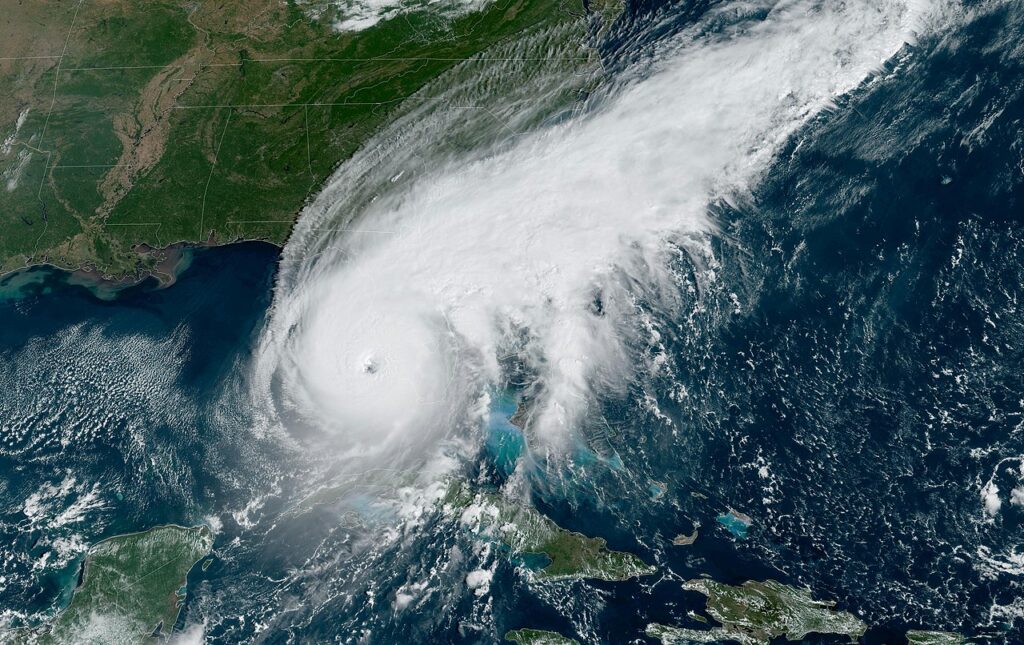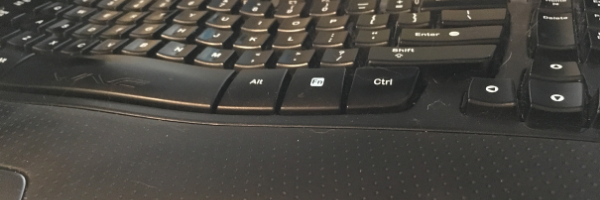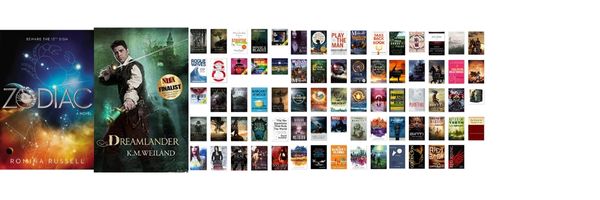As I said last week, I want to get into my editing process, both in the blog and in reality. We’ll talk about that in the Well Chat below, but some happenings first:
Yes, the image is large. So was the storm. Hurricane Ian pummeled us this week. It’s been crazy. It even demolished our garage.
So the last week has been consumed with preparing for and managing the fallout from Hurricane Ian. VERY little else has gotten done, especially thanks to 2 1/2 days without power.
These all sound like complaints, and they are, but we are unbelievably blessed that things were not catastrophically worse. They easily could have been. If that tree fell five degrees in a different direction, it would have destroyed our deck. Ten degrees and it would have shattered our dining room. We are lucky enough to complain about small stuff. There are many steps to come, but for now, we’re working on getting back to normal around here.
Drawing from the Well
I told you last week that I would have the progress chart ready for you this week so here’s where things stand as far as page counts read and annotated per segment:
Arc I: 45/64
Arc II: 0/60
Arc III Part I: 0/24
Arc III Part II: 0/31
Arc IV: 0/43
Arc V: 0/59
Interstitia: 0/10
Total: 45/291
Yeah, it’s a lot, but this is just a different way of saying 145k words. It’s all good. Now that we’re back in the swing of things, I should be able to start chewing through this first edit again. I’ll get into the latter edits in the discussion on my editing process below.
Filling the Well
There has been virtually no well-filling this week. It has all been disaster triage and powerlessness (in more ways than one). Things should get back on track this week.
Well Chat
My editing process is much like my planning and drafting process: layered. I’ve been updating my checklist document to give it as much detail as I’ll need when I actually edit this time. For the Book II self-edits, I had only titles and sub-titles. I did a lot with that, but I wanted to do better this time. The planning, mapping, and drafting phases have been so difficult for me with this book that I 1) expect a lot of work in editing and 2) want to give this book the best chance to be great considering…well, you’ll understand why one day.
So what’s it really look like. First and foremost, it’s reading this manuscript until I’m sick of it. That starts with the very first edit, the Bronze Edit. This is a straight read-through of the existing manuscript on a ReMarkable while making very few grammatical and syntactical changes while focusing on sweeping aspects of the narrative. Do things fit? Do I retread backstory already explained? Is there a sense of place? Did I seed something that I forgot to carry through? How does the text feel? These are all questions I look to answer on that first read-through and then I jot them right on the manuscript.
In the Red Edit, I address those notes as well as several other major pieces. These include the First Chapter Checklist, the 38 Elements of Story Structure, Plot/Pacing/Character Arcs, Deaths, and Scene Necessity and Chapter Balance. That’s a lot of words. Most of those make sense but the last two might be a mystery to you. Scene Necessity is asking the hard question “Does this scene need to be in the manuscript?” This can also be asked as whether or not the scene contributes to the overall character arc and the story at large. Once those gut-wrenching cuts are made, I start looking at if word counts are balanced across each eighth of the story. This is based on basic three-act story structure. This book will be an absolute MESS for that.
The Gold Edit sees the biggest set pieces finally in place allowing me to focus on finer details. Internal consistency, character and setting descriptions, proper info-dumps, and showing vs. telling are what follow. Again, this is a BIG edit, but you can see how I’m progressing down the funnel toward the fine point at the end. After this, the Blue Edit finds me focusing on killer chapter opening lines, replacements for “very” and other weak words, removing filter words as much as possible, and word count compression. The last part of the Blue Edit is a second look at balance from the Red Edit after all these changes.
After this, I throw the entire manuscript into ProWritingAid. This incredibly powerful tool encompasses the work for the entire Teal Edit. I dig into the overall goal checklist, look for improvements, pay special attention to overused words, and re-italicize everything that needs it once the latest draft is exported. The penultimate step is the Purple Edit where I throw the Teal Draft into Edit Out Loud and just listen to it. This allows me to test the flow of the sentences, but especially the dialogue. If anything feels off, I’ll hear it. Lastly, The Purple Draft goes BACK into ReMarkable for one final read-through as a reader in the Green Edit. Once everything passes there, I have the green light (get it) to send it off to my professional editor for the next phase of self-flagellation…I mean progression.
I colored each stage so that I had some visual indicator of how far I got through the entire editing process. This is also the latest version. I’ve never done it exactly this way before. It feels like it could be a dumpster fire, but I’ll let you know how it goes.
How do you edit? What’s your approach, your process? Do you hate it or love it? Let me know on social media!
May the tide carry you to safer shores.
BSG









